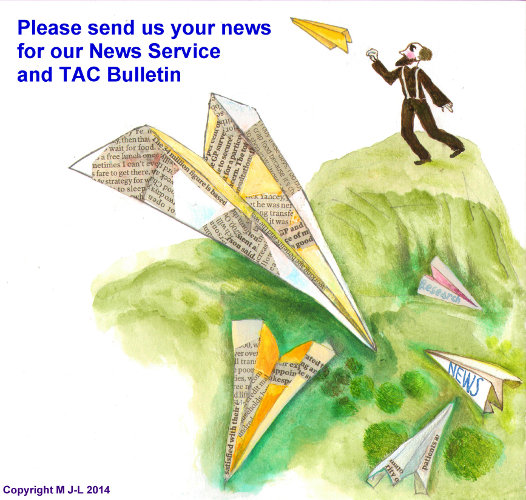16. Facts and figures about refugees – from UNHCR
Facts and figures are vital to UNHCR for planning and preparedness. UNHCR's full-time statisticians keep track of the number of people of concern to the Agency. These figures are released every June in the annual Global Trends report, while the Norwegian Refugee Council releases annual global figures for internally displaced people.
Number of forcibly displaced worldwide: 51.2 million
Number of Refugees:
There were 16.7 million refugees worldwide at the end of 2013, 11.7 million under the mandate of UNHCR, around 1.2 million more than at the end of 2012.
The other 5 million Palestinian refugees are registered with the United Nations Relief and Works Agency (UNRWA).
During the year, conflict and persecution forced an average of 32,200 persons per day to leave their homes and seek protection elsewhere, either within the borders of their countries or in other countries.
Developing countries host over 86% of the world's refugees, compared to 70% ten years ago.
In 2013, the country hosting the largest number of refugees remained Pakistan, with 1.6 million refugees. However, with 2.47 million refugees, Syria is now a close second. Afghanistan retained the position as the biggest source country, a position it has held for 33 years. On average, one out of every four refugees worldwide is Afghan, with 95% located in Pakistan or Iran.
Last year, 50% of refugees were under 18 years old. This was higher than in 2012 when it stood at 46%.
An estimated 10.7 million people were newly displaced due to conflict or persecution, including 2.5 million new refugees- the highest number of new arrivals in one year since 1994 - and 8.2 million persons newly displaced within the borders of their own country, the highest figure on record.
More information at: http://www.unhcr.org.uk/about-us/key-facts-and-figures.html


